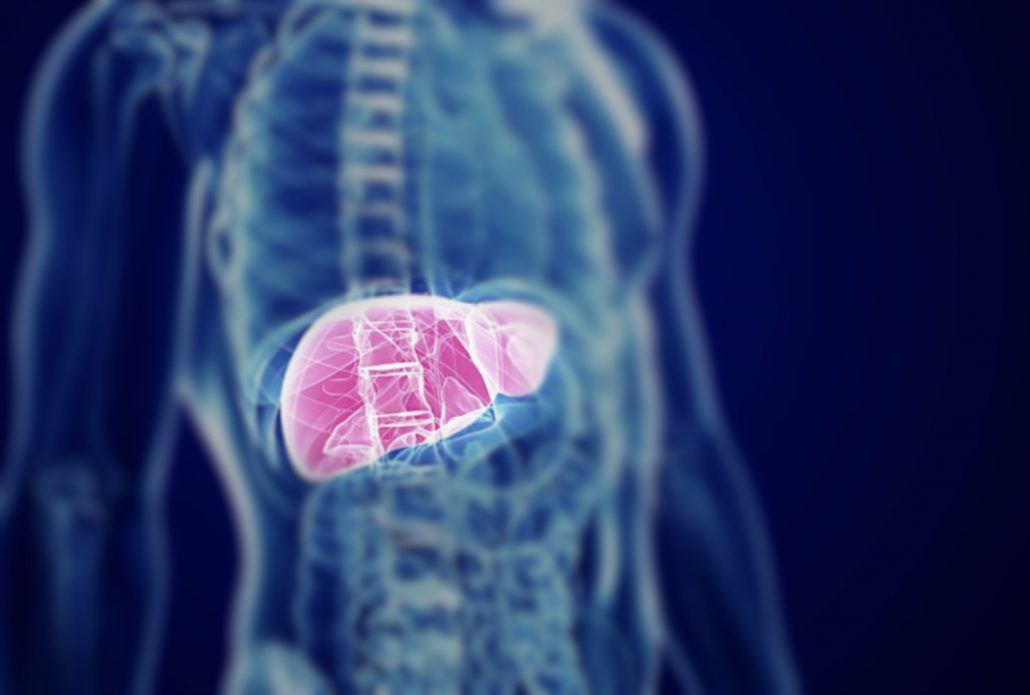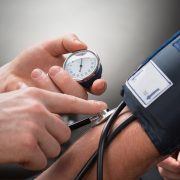Effects of Omega-3 Fatty Acids on Healthy Liver Function

Higher omega-3 fatty acid intakes improve many aspects of liver health in individuals with non-alcoholic fatty liver disease.
Non-alcoholic fatty liver disease (NAFLD) involves the excess accumulation of liver fat in the absence of alcohol consumption. It is defined by the presence of fat in more than 5% of liver cells. NAFLD is now one of the most common liver diseases worldwide. In Western countries and some regions of China, the prevalence of NAFLD is 15–39%.
Progression of NAFLD is associated with many factors. Including insulin resistance, oxidative stress, obesity, type 2 diabetes, and cardiovascular disease. NAFLD is considered to be associated with an excess of omega-6 fatty acids and a deficiency of omega-3 fatty acids in the diet. Unchecked, NAFLD can lead to significant liver damage, cirrhosis and death.
A meta-analysis was published in Gastroenterology Research and Practice. The researchers selected ten randomized controlled studies. The studies were on the effects of omega-3 fatty acids on participants with NAFLD or non-alcoholic steatohepatitis (a more serious condition that can develop from NAFLD). The average dose of omega-3 was 2.85 grams per day, consumed for an average of 12 months.
Analysis of the trials revealed over three times the odds of improvement in liver fat levels in association with omega-3 intake in comparison to control subjects. It was also linked to greater reductions in the liver enzyme GGT (which is elevated in liver damage), and improvements in both high-density lipoprotein (HDL) and triglyceride levels when compared to control subjects.
Since there is presently no registered drug for the treatment of NAFLD, researchers stated that intake of omega-3 fatty acids may be a new treatment option for NAFLD.







